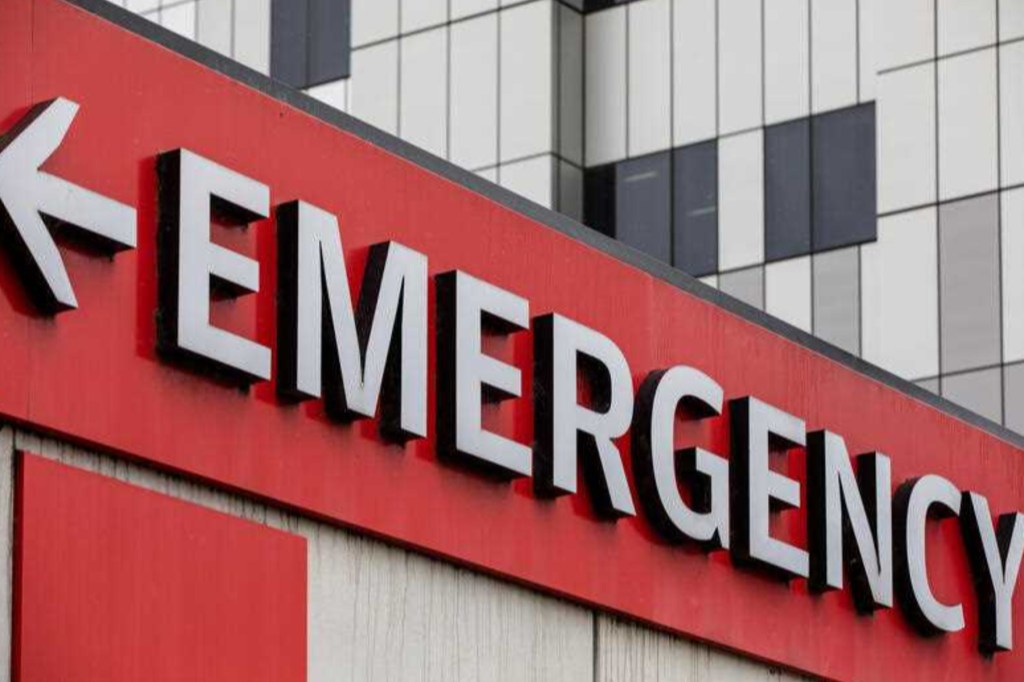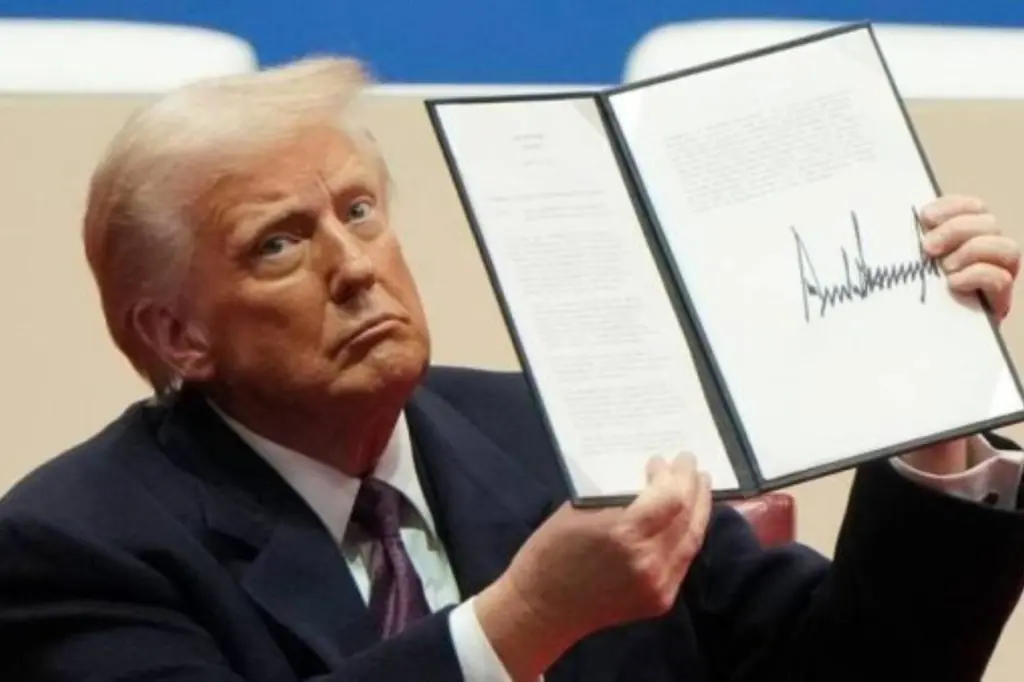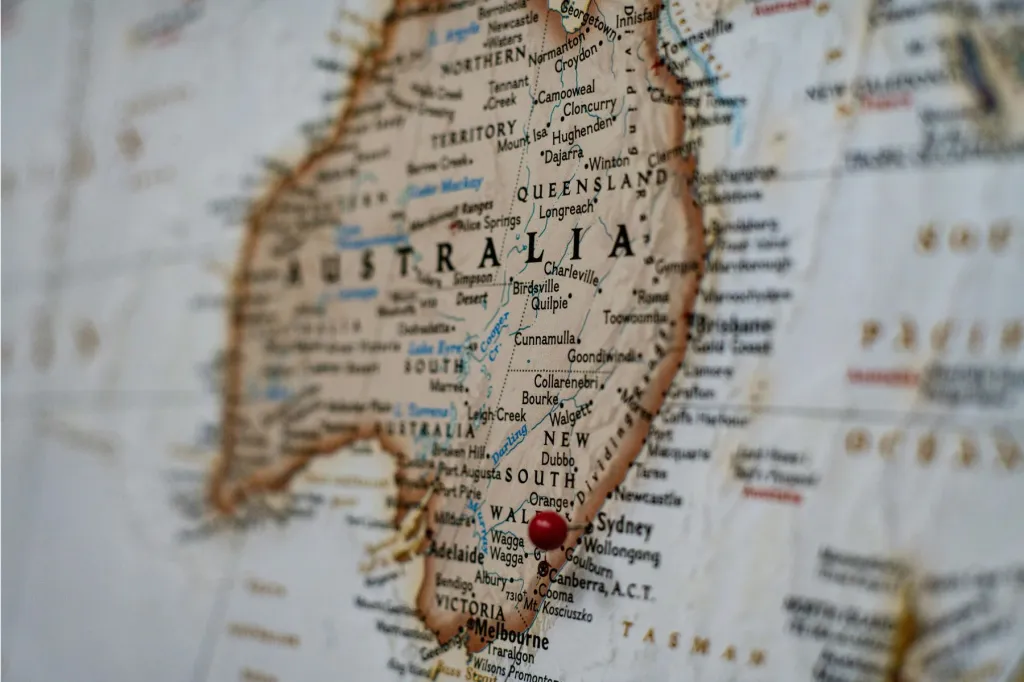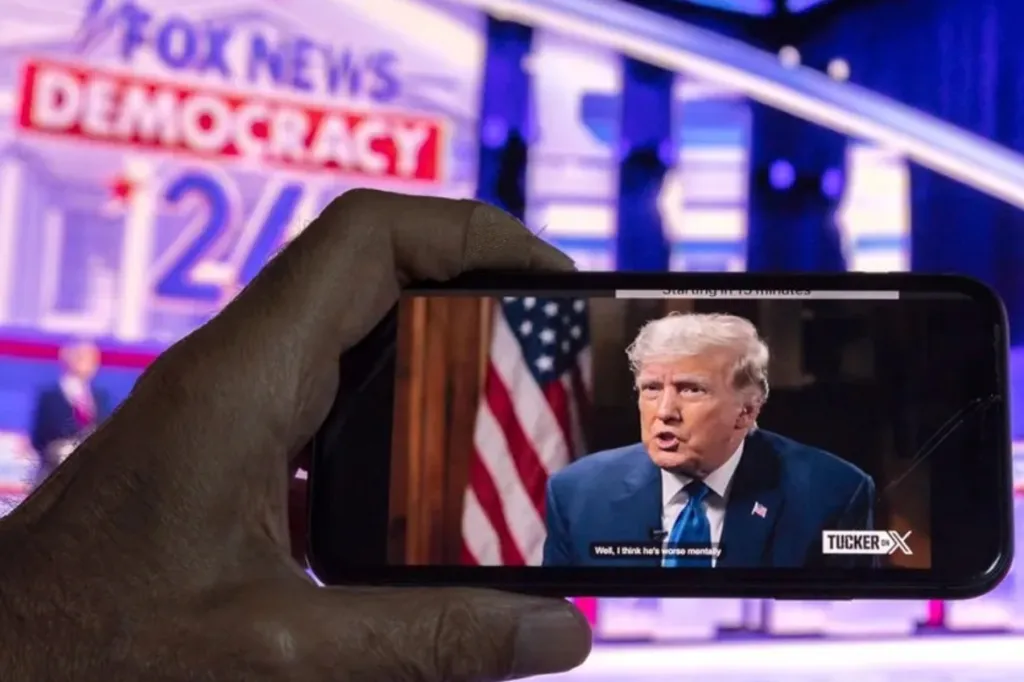Private gain: the health insurance emergency
It takes a feat of financial gymnastics to suggest health insurers paying out more than last year makes hospitals better off, writes Brett Heffernan.

It’s the industry’s favourite tactic of squinting, looking at data sideways and telling anyone who’ll listen they are doing the right thing. They are not.
Last week, the health insurers claimed that “insurance pay-outs for private hospital treatment were up 7.7 per cent compared to the previous year”. Sounds impressive, but it isn’t.
To put it simply, if it costs me $10 to provide a service and you pay me $8, I’m $2 out of pocket. Next year it costs me $15 to provide that service and you pay me $10, so I’m even worse off despite you paying me more than you did last year.
Welcome to private health insurance in the modern era. Too tricky by half in trying to play people for mugs.
In fact, the Australian Prudential Regulation Authority’s (APRA’s) Quarterly Private Health Insurance Statistics damningly exposes that the proportion of patient payments going to private hospitals has continued to nose-dive, falling to just 80.7 per cent from 82.9 per cent last quarter.
It’s a far cry from the traditional 88 per cent benchmark – an annual threshold the insurers have not met since 2019-20.
In the wake of Queensland’s Toowong Private Hospital’s impending closure due to insurer underpayments and a raft of insurance contracting abuses, this data is indefensible and clearly shows the insurance industry is failing to meet its obligations to the healthcare costs of insured patients.
You might like
Over the last few years, 20 private hospitals have closed entirely, while 70 services in other hospitals, most notably maternity and mental health units, have been permanently cancelled.
We are advised that as many as eight more private hospitals now face closure.
Meanwhile, health insurance companies have pocketed an average $2 billion a year in unprecedented profits from people’s annual premiums, in addition to $3.5 billion a year in higher “management fees”, all while short-changing private hospitals by over $1 billion a year.
In this last quarter alone, APRA reveals the insurers banked another $431 million in profits.
When the middlemen in healthcare are allowed to gouge their members at one end and short-change private hospitals at the other, the funding model is being abused to the point that it is broken.
Two months ago Federal Health Minister Mark Butler publicly put the health insurance industry on notice, recognising that their profits are up, their management fees are up, but the ratio of benefits paid to hospitals has fallen. He gave them three months to correct it or he’d regulate them to fix it.
Two months on and nothing has changed.
It’s high time the government put an end to this insurance racket, which is undermining the sustainability of the healthcare system, costing hundreds of jobs and plunging many thousands of vulnerable patients into unnecessary chaos and confusion.
Stay informed, daily
The Toowong example is a classic case. After almost 50 years serving Brisbane and surrounding areas, the hospital will close its doors permanently on 11 June.
A 58-bed acute private psychiatric hospital, treating more than 3000 patients a year and employing 154 specialist staff, it is renowned for its acute mental health care and seen as an exemplar in providing innovative approaches to the continuum of psychiatric care inside and outside the hospital setting.
It is also a teaching hospital for Psychiatric Registrars, as well as providing clinical placements for medical and nursing students.
The irony of a highly respected psychiatric hospital closing during a mental health crisis when the Federal Government says mental health is a priority should not be lost on anyone.
Toowong copped lengthy delays in private health insurance contract negotiations, some by months and with one major insurer by over a year. That means payments to the hospital significantly lagged behind costs.
It is staggering that another insurance group refused to negotiate a contract with Toowong at all, citing its position of “not adding new psychiatric hospitals to the agreement list”.
Instead, this insurance group chose to place Toowong under second-tier arrangements, which forces insured patients to pay hefty out-of-pocket costs to cover their stay. This is not the practice of an insurer interested in its members.
Patients are losing choice and access, while the quality they expect from their premiums is also compromised due to the inability of hospitals to invest in technology, treatments, services and staff.
Many hospitals, including Toowong, took the unprecedented step of opening their books to the Federal Government over a year ago to demonstrate the failure of insurance companies to pay for the care of insured patients in full.
The government point-blank refused to act.
Minister Butler must make good on his pledge to force the insurers to restore the traditional funding ratio to private hospitals of 88 per cent from premiums. And he must do it now.
Health insurance is just a means to an end. Often seen by punters as a necessary evil. It’s the quality healthcare provided by private hospitals, with patient choice of doctor and no waiting list, that makes the financial pain worth it.
But that equation no longer adds up.
Australians are paying more and more to health insurance companies but getting less and less for it.
Brett Heffernan is the Chief Executive Officer for the Australian Private Hospitals Association.



